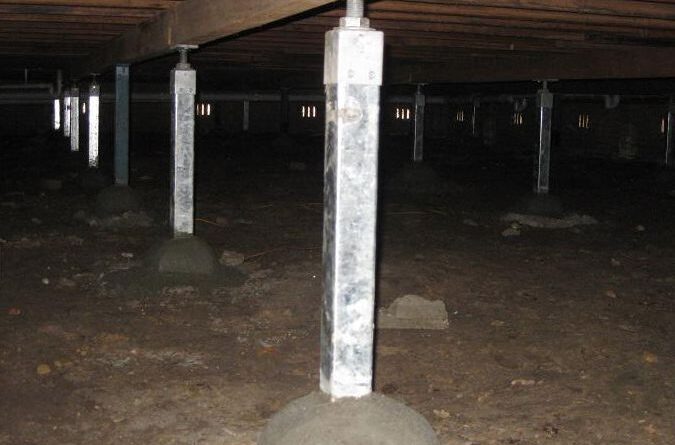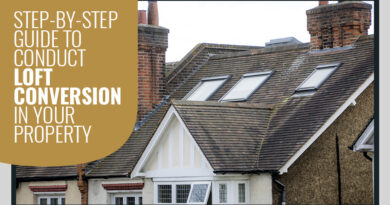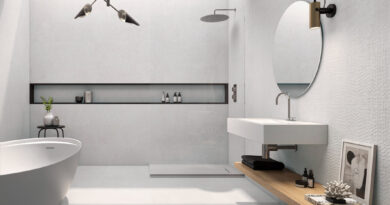Steel House Stumps: A Key Factor In Modern Architecture Design
Introduction
Have you ever glanced at a structure and wondered about the invisible foundations that make its breathtaking design possible? Do you ever contemplate how modern architecture combines both aesthetic appeal and structural durability? If you do, then this blog will intrigue you as we delve into the world of steel house stumps, an unsung hero in the realm of modern architecture.
Steel house stumps, or adjustable steel columns, might appear mundane at first glance, but they play a vital role in supporting structures, and their importance cannot be underestimated. In this post, we’ll explore why these often overlooked components are rising stars in contemporary design trends. We’ll probe their characteristics, practical utility, benefits, and a few considerations to bear in mind to illuminate why steel house stumps have become a key factor in modern architectural design.
Join us on this deep dive into this architectural component. Be prepared to develop a newfound appreciation for the boundary-pushing designs that constitute our built environment.
Exploring Steel House Stumps: Why Are They Important?
Steel house stumps, or as some refer to them, steel posts, are the support system of a building. They bear the load of the structure, ensuring stability and long-lasting durability. Like the roots of a giant oak tree, they securely ground the construction while allowing flexibility for future adjustments.
In an age where environmental conditions and weather patterns have become unpredictable, it’s critical to invest in a strong foundation. This is where steel house stumps come into play. Robust, adaptable, and resistant to natural disasters, they act as the backbone of modern architecture, holding the structure together even under the toughest conditions.
In essence, investing in high-quality steel house stumps means investing in the longevity of your architectural structure. They provide the security of knowing that your edifice won’t waver in the face of adversity, making them an essential in contemporary construction.
A Deep Dive Into The Specifications: What Constitutes A Steel House Stump?
A steel house stump is a study of simplicity, utility, and effectiveness, embodying the best engineering and technological practices. Crafted from high-grade steel, these pillars are designed for strength and durability.
They usually exhibit a unique threaded end and drilled holes for pinning. This functionality allows for easy adjustment, catering to a variety of construction requirements. The adjustability factor ensures that they can be repurposed if necessary, affirming their longevity and versatility.
However, it’s important to remember that not all steel columns are created equal. Factors such as stainless or galvanised finish, weight bearing capacity, and the type of foundation they are paired with can all significantly affect their functionality. It is crucial to consider these variables for optimal performance.
How Are They Incorporated? A Look At Steel House Stumps In Modern Design
Modern architecture is all about blending functionality with style. Steel house stumps possess an undeniable utilitarian appeal, becoming a popular choice for contemporary designers. Their sleek look complements different design aesthetics, from minimalist to industrial, eventually serving as both a structural and a design element.
In practice, they can be installed as a permanent fixture during initial construction or as an additional support system during renovations. Being adjustable, they also cater to changes in land topography, acting as a solution for sloping sites where traditional concrete stumps may fail.
From a design perspective, leaving them exposed and painted can add a rustic, industrial charm to a property. Hence, steel house stump easily merge into a construction’s aesthetic, proving that they’re not just functional but also versatile in design.
Understanding The Benefits And Drawbacks: A Balanced View
With their strength, durability, and design versatility, it’s clear that steel house stumps have numerous advantages. However, like any architectural component, they also have a few considerations that one should bear in mind.
In terms of benefits, steel house stumps ensure structural integrity while being adjustable, resistant to rot, pests, and corrosion, and offering easy installation. However, while they promise longevity, they also need regular inspection and maintenance to prevent rust. It’s also crucial to ensure proper installation as shoddy work could lead to structural instability.
So while steel house stumps are an impressive option, it’s essential to approach with an informed perspective, considering their pros and cons for an optimal result.
Conclusion
At the junction of form and function lies modern architecture. Steel house stumps are emblematic of this philosophy, blending design aesthetics with structural strength. As we’ve unraveled, they’re much more than just building supports. They’re silent sentinels, anchoring our homes to the earth while opening up new possibilities in construction and design.
From their outstanding longevity to their design flexibility, they offer many benefits. However, these should be weighed against their need for maintenance and careful installation. The importance of steel house stumps in modern architecture cannot be overstated. Indeed, they represent a key development in our quest to create structures that are both strikingly beautiful and impressively resilient. So the next time you find yourself admiring a piece of modern architecture, remember the humble steel house stump, a critical component in bringing those designs to fruition.


